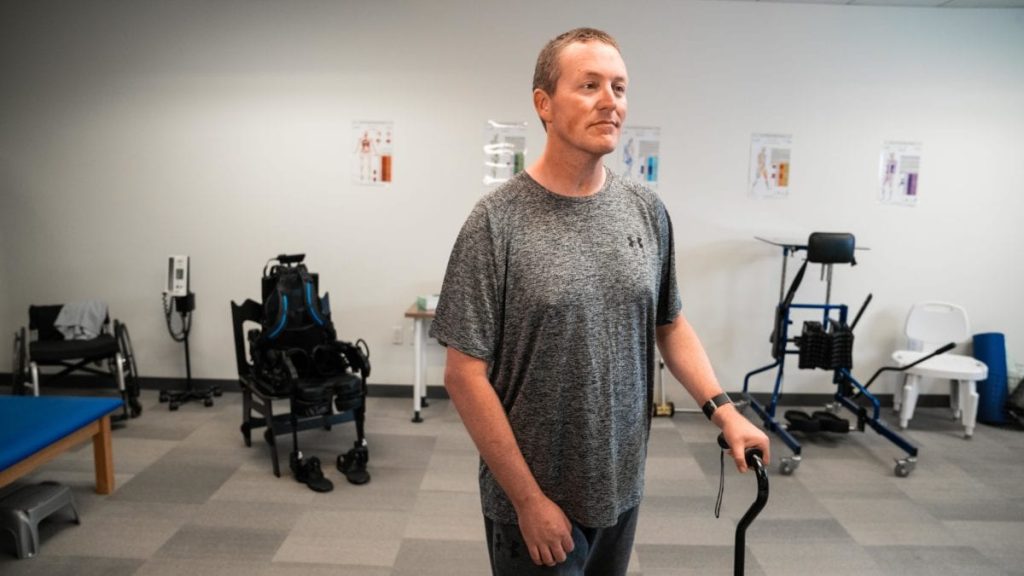When you think of an exoskeleton, you probably think about sci-fi films and advanced technology. While sci-fi makes this technology seem unrealistic, the truth is that exoskeletons are highly useful for treating traumatic brain injuries (TBI), and is available for patients in the United States.
Of course, there’s more to the use of exoskeletons than you might think. From physical therapy to community and personal use with some devices, exoskeletons may well be the future of care for rehabilitation.
Exoskeletons aid cognitive rehabilitation.
Many hospitals and care facilities continue to express interest in exoskeleton technology for inpatient rehabilitation programs. As rehabilitation research expands, the value of an exoskeleton increases for treating patients with brain injuries and strokes. Occupational therapists who work with patients with severe TBIs and individuals with other disabilities rely on robotic exoskeleton technology to aid neuroplasticity and cognitive rehabilitation efforts. However, it’s important to note that the use of exoskeleton technology in rehabilitation services is fairly new. As such, only time can uncover the added benefits of exoskeleton use.
Researchers believe that there may be exoskeleton uses that benefit cardiovascular health for patients with TBI and stroke. Exoskeletons also reduce the risk of falls during rehabilitation and allow for significantly more steps than traditional gait training. Even patients with TBI with limited leg function may use a robotic exoskeleton to ambulate more effectively. This benefits the general activities of daily living, especially during acute rehabilitation, and allows for more physical activity.

Case Study: Various Exoskeleton Applications
During the rehabilitation of patients with traumatic brain injuries, a clinician, physical therapist, or physiatrist may utilize an exoskeleton device to aid the recovery process. Powered exoskeletons also have applications in the military, industrial, and even consumer markets. Though powered exoskeletons may be most commonly used during the acute rehabilitation of a severe traumatic brain injury, healthcare professionals often see exoskeleton usage across the continuum.
In acute rehabilitation, exoskeleton use commonly follows a set procedure. To start, the exoskeleton is often placed into a mode where the exoskeleton does the majority of work. This means that the exoskeleton does the majority of work for patients after TBI. The exoskeleton works with the user’s body in this phase and gives them time to adjust to how the exoskeleton moves and operates. In some cases, this is referred to as gait training. Quite simply, it improves the patient’s gait as they use the exoskeleton. After the patient has learned how the exoskeleton moves, the mode is changed, allowing the patient to be more active while still receiving assistance from the device as needed.
Adaptive assist mode allows patients to use as little power as they’re able. This will vary depending on the patient’s physical disability and the goals of their rehabilitation. Depending on the severity of the injury, the robotic exoskeleton might act like a fully supportive assistive device during rehabilitation.
During these steps, closely monitoring and tracking goals remains important. With exoskeleton data, it’s easier to track outcome measures such as limb and motor function, the overall rehabilitation progress, and whether the intervention or ongoing adjustments are required. While some medical professionals use exoskeletons to improve cognitive function, it often requires a multidisciplinary team to make the best use of this rapidly growing technology.
Contact Ekso Bionics
To learn more about the new knowledge afforded by this medical device and how it can help patients overcome severe injuries, reach out to the Ekso Bionics team today.